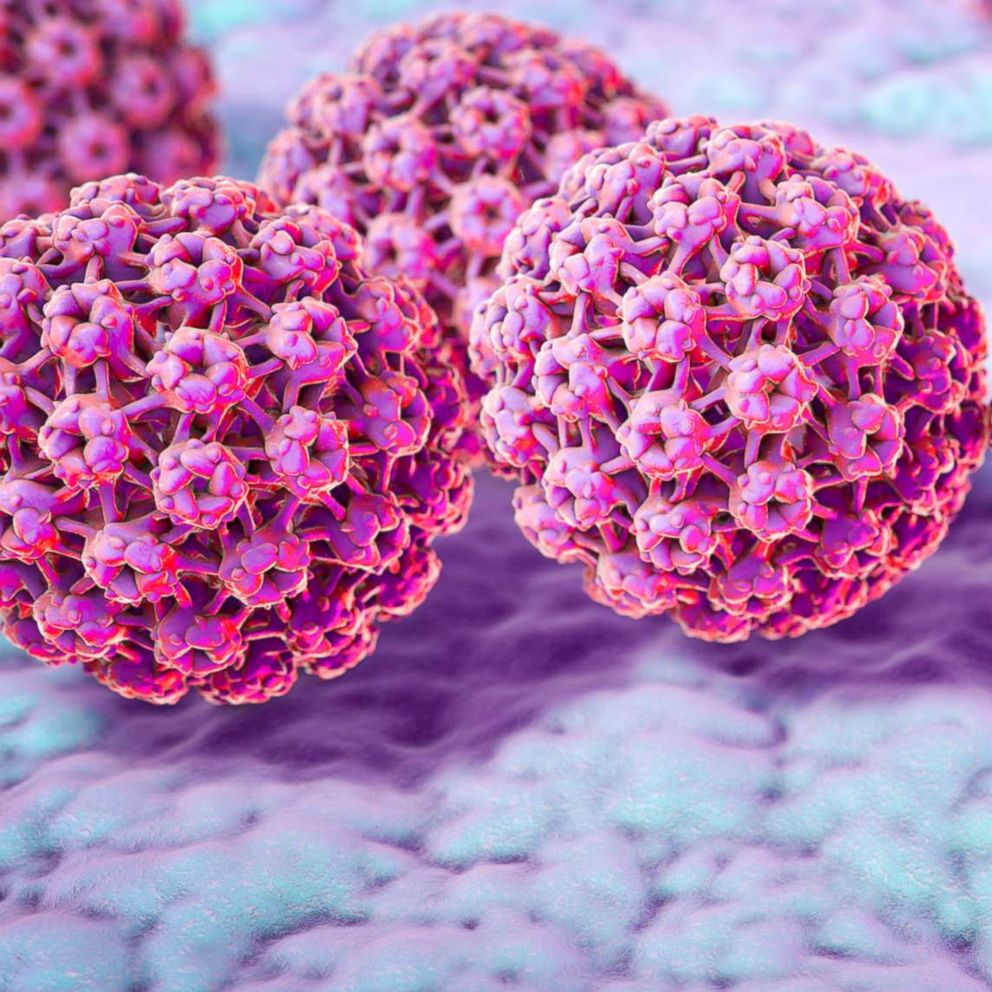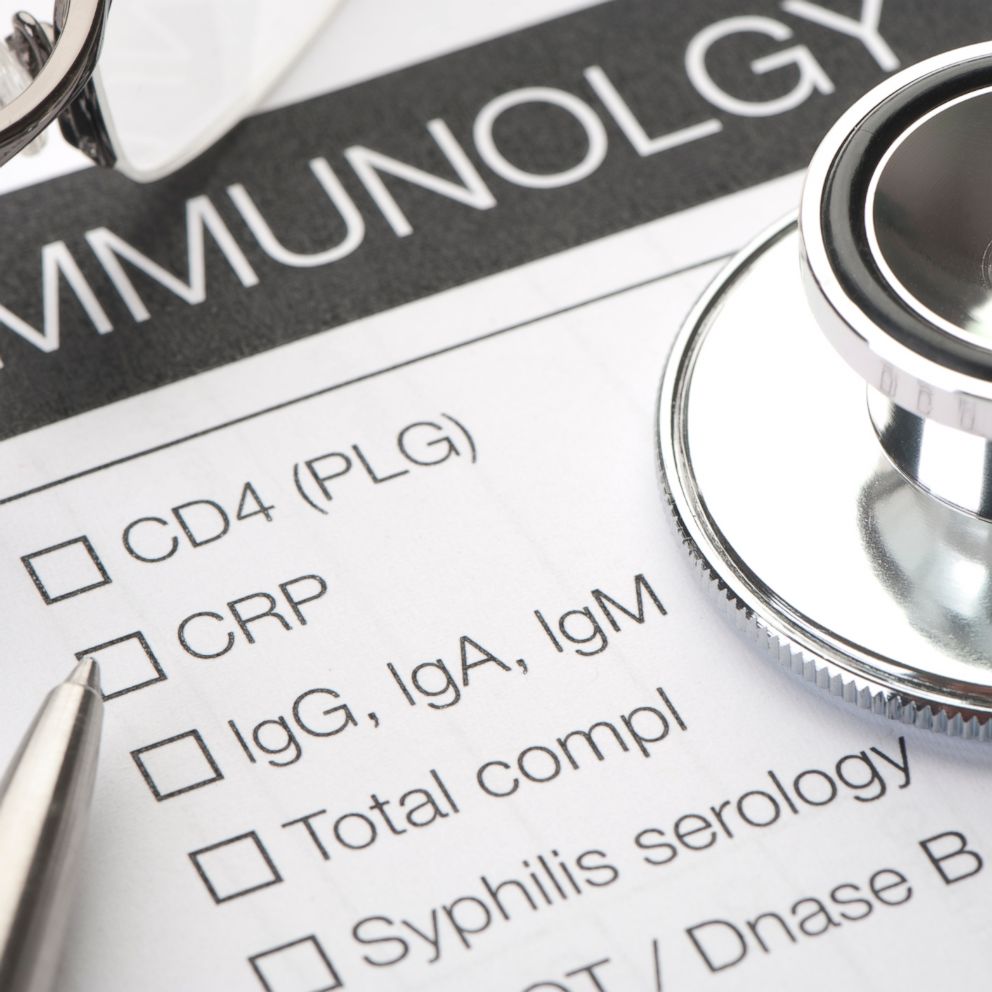No, Mexican scientists did not find a cure for HPV. Here’s what you need to know
Why additional testing is needed.
“Mexican scientist cures HPV!”
You may have seen this headline trending on social media: a “cure” for human papillomavirus and the cancers it causes.
Even Mexican-born actress Salma Hayek congratulated the female-led team for their “groundbreaking research helping cure HPV leading to the prevention of cervical cancer” on her Instagram account.
Sadly, a woman loses her life to cervical cancer every two minutes -- and most of these women are living in areas of poverty.
All the more reason why a trending article claiming to have cured HPV is exciting. According to a media report from Mexico, the scientists used photodynamic therapy (PDT) -- a two-step treatment using a light-sensitive drug (5-aminolevulinic acid or 5-ALA) followed by activation with a specific wavelength of light to target HPV cells -- as a non-invasive method to eradicate 100 percent of HPV from 29 women.
So, are these reports true? Have we arrived at a cure for HPV and cancer?
Not quite yet.
While the research and data are interesting, their work remains unpublished in a peer-reviewed journal. The group does have published data from a small study in 2017.
The researchers did not respond to multiple attempts by ABC News to reach them for comment.
What do we know about HPV?
HPV viruses are found in 80 million people in the United States, according to the Centers for Disease Control and Prevention. There are hundreds of subtypes of HPV, and 1 in 4 people in the U.S. are infected with HPV at some point in their lives.
In Mexico, 7,869 new cervical cases are diagnosed annually, and more than 4,000 women in Mexico die each year from cervical cancer, according to a December 2018 report by the HPV Information Centre.
Cervical cancer is also the third leading cause of cancer in women in the country and second leading cause of female cancer deaths there, especially among women between the ages of 15 and 44, the report said.
Here are the most up to date facts about cervical cancer from the CDC and from recent research published in The Lancet:
- HPV is spread through intimate physical contact; however, not all strains of HPV cause cancer. Some strains, (like 6 and 11) cause warts. HPV high-risk subtypes (such as 16 and 18) are most likely to lead to cervical cancer in women.
- While some people clear HPV infections on their own without any type of medical treatment, others, especially with a weakened immune system, may have advanced HPV disease, which may lead to cancer if left untreated.
- Currently, doctors routinely screen for cervical cancer with the Pap test and HPV DNA testing depending on age and risk factors, which is called co-testing.
So, is there a single way that HPV can be cured, as the Mexican researchers’ work suggests?
Dr. H. Hunter Handsfield, professor emeritus of Medicine at the University of Washington’s Center for AIDS and STD, likes to think of HPV infection as an “iceberg disease.” Some of the tissues infected with HPV are visible to the eye; these are the tissues that are the ones targeted for removal.
Other HPV infected tissues may remain beneath the surface, though.
This is especially relevant because the National Cancer Institute (NCI) states that PDT, as used by the Mexican researchers, has several limitations. PDT is typically a local treatment because the light needed to activate 5-ALA cannot pass through more than 1 centimeter of tissue, making it difficult to treat cancer cells below a tissue’s surface or cancer that has metastasized.
While the FDA has approved PDT technology as one type of treatment for esophageal and non-small cell lung cancers, more work is needed to determine whether PDT can be used for other cancers.
Handsfield says this is why cervical cancer is hard to cure.
“Once HPV is detected, doctors suggest that their patients have regular screening depending on the type of HPV they have, and the degree of tissue changes that have occurred.”
So what are Handsfield’s recommendations when he sees articles that describe a cure for HPV and cancer?
“Be skeptical. Examine whether the article comes from a cited medical publication that has been peer-reviewed and is not preliminary data. The notion that all types of HPV can be cured by a single treatment or method is not a practical one.”
Handsfield shared advice in light of the report.
"Get vaccinated. We are moving towards a time where we shouldn’t be worried about treating HPV. We have vaccines that can prevent us from getting an HPV infection and cancer in the first place, assuming a person is vaccinated before they are exposed to the virus.”
The FDA-approved vaccine currently protects against nine common strains of HPV.
Hence, the cure is in prevention, but there is still a bit of time to go.
Alexandra H. Antonioli, Ph.D., is completing her combined M.D./Ph.D. training at the University of Colorado School of Medicine. She is currently working with the ABC News Medical Unit.







